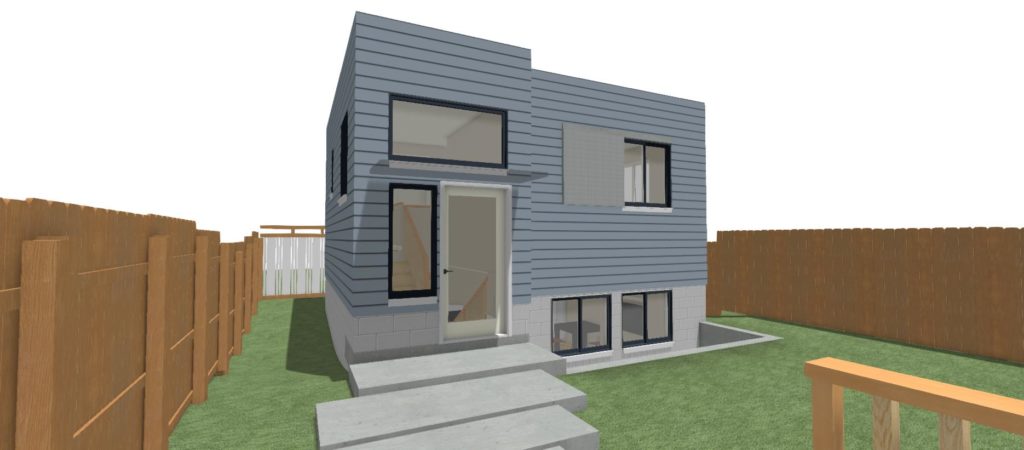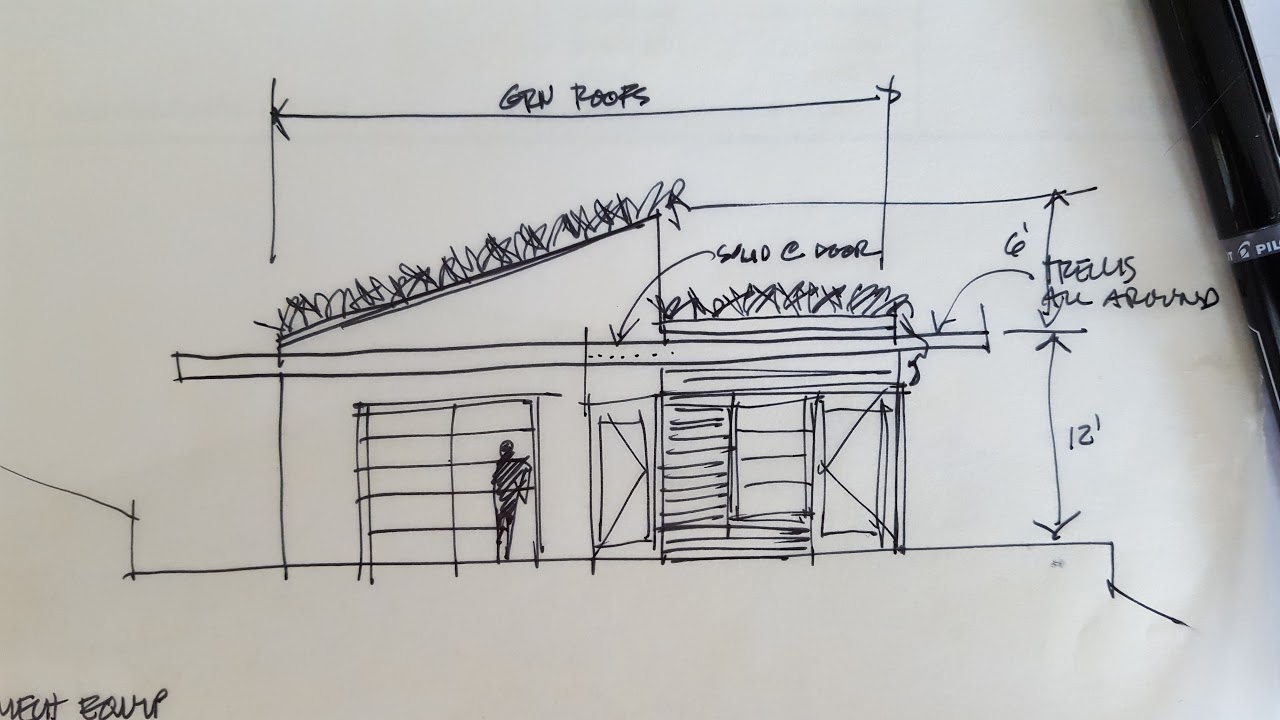Last week, Governor Gavin Newsom signed AB 68 into law. AB 68 addresses Accessory Dwelling Units, specifically addressing planning and zoning regulations in order to make ADUs easier to design and build.
This is the latest in a string of bills that have been aimed at increasing the ease with which property owners can add accessory dwellings to their property. With each previous piece of legislation, some cities have complied with the letter of the law, but not the spirit, and enacted rules that would restrict if you can build a unit on your property, or how big or small it can be.
AB 68 addresses some specific planning and zoning restrictions, and basically eliminates those restrictions as they relate to accessory units.
There is no longer a minimum lot size required to add an ADU. Some cities set a minimum lot size that was larger than most residential properties in their jurisdiction, thus making it almost impossible to build and ADU. That restriction no longer applies.
Lot coverage restrictions can no longer apply to ADUs. Most cities limit how much of your property can be built on by limiting the amount of lot you can cover with building to 40 or 45%, depending on the city. These limits, and similar limits, like Floor Area Ratios, and open space requirements, can no longer apply to ADUs. This is significant in cities, where properties can be small, or the primary house is large.

Single family home properties may now have both a free-standing ADU and a “junior ADU”. Junior ADUs are defined as a dwelling unit that is “no more than 500 square feet and is contained entirely within the building envelop of a single family home” without being considered a separate or new dwelling for the purposes of water, sewer, or power connections.
There is no longer a minimum ADU size (except that the ADU must still meet all the building code requirements). The maximum size is 850 square feet, or 1000 if it has more than one bedroom. There is some ambiguity about the maximum allowed size. As another section says that 50% of the primary dwelling size, or 1200 square feet whichever is less. So that will have to be worked out in each jurisdiction’s local legislation.
The number situations where adding parking for the ADU is reduced. Including if you convert a garage, which provides “required off street parking” for the primary dwelling, you no long have to provide parking to replace those spots.

Connection fees can no longer be imposed on ADUS less than 750 square feet. These fees have been in many cases significant and onerous. They still have to be paid if the ADU is greater than 750.
And now multi-family buildings can also have ADUs added to them, too. San Francisco has permitted this for a couple of years, now. Now all cities in the state will have to allow this.
I would note that in San Francisco, it is still very difficult to build a free-standing back yard cottage except on corner lots. The unique “row house” configuration of houses in most of San Francisco creates a situation where compliance with the building and fire codes of the City make it extraordinarily difficult. But, it appears that even in SF you could develop your entire ground floor garage level into one or even two ADUs (one a junior, one a regular), entirely within the existing building envelope, so long as you can meet all the building and fire code requirements.
This law will come into affect January 1, 2020. The planner’s I’ve spoken with in various cities have said that they doubt their jurisdictions will have their local legislation revised and enacted by that date, so it may be later in January or February, or possibly later, in some jurisdictions before owners can take advantage of these changes, but next year is definitely the year to apply for a building permit, if you’ve been thinking about adding and ADU to your property.
If you are thinking about adding and ADU to your property, contact me to schedule an ADU Review so we can discuss exactly how to apply these changes to your project.





